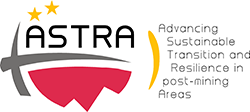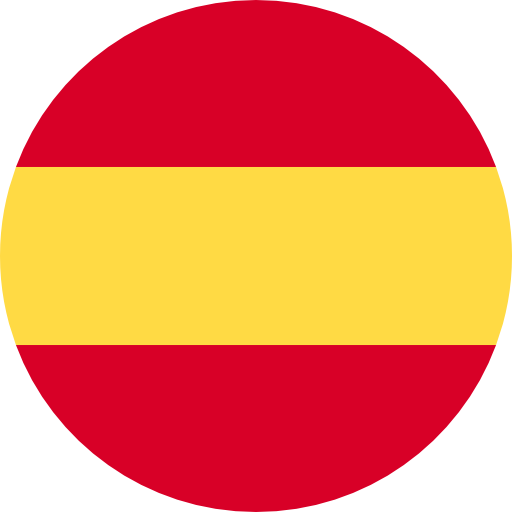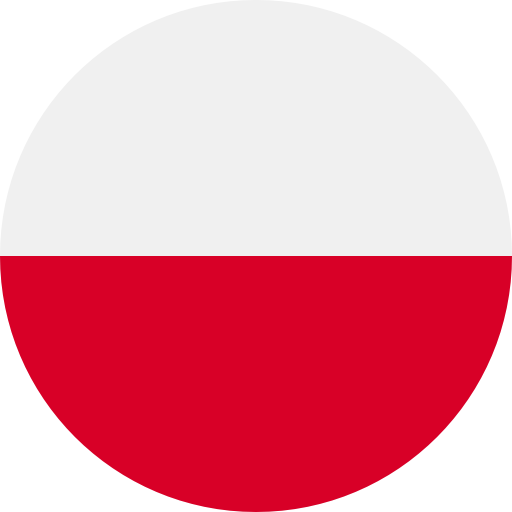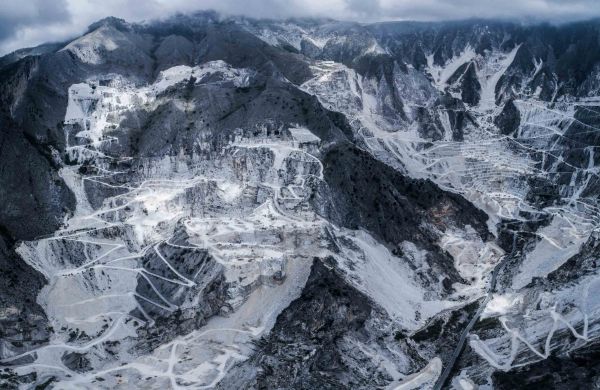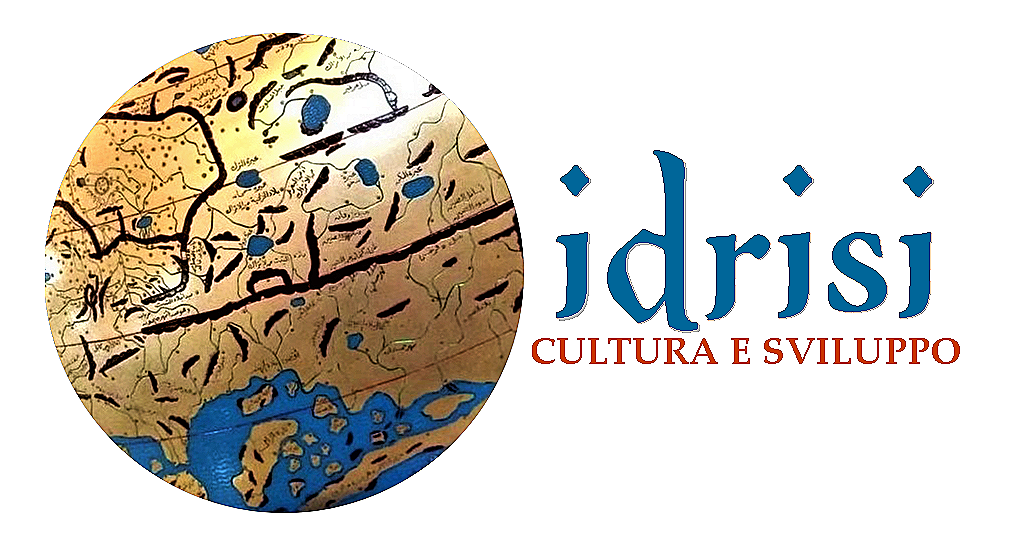Marble Mine
44º 3' 44'' N 10º 5' 18'' E
North
Italy
Description
Carrara marble is a type of white or blue-grey marble popular for use in sculpture and building decor. It is quarried in the city of Carrara in the province of Massa and Carrara in the Lunigiana, the northernmost tip of modern-day Tuscany, Italy.
Extracted Materials
Ever since ancient times, marble has been extracted from the Apuan Alps. Carrara has been acknowledged for the exceptional quality of its white or blue-gray marble and supplied the Roman Empire for the construction of the most prestigious monuments that make the glory of Rome.
Antropological info
The illnesses they can suffer are silicosis,pneumonia,cancer,asbestosis,respiratory problems and others. Common pills that minners use are silccosis herbs,hospital treatment,painkillers pills,anti- inflammatory
Sociologal info
In a two-part series, Andrea Foligni addresses the problems that come with extracting the world-famous Carrara marble in Tuscany, Italy, making use of an informal documentary language.
Archaeological info
When sedimentary carbonate rocks (such as limestones) are geologically transformed by heat and pressure, the calcite and/or dolomite are recrystallized to form a metamorphic rock called marble. When the original sedimentary rocks are very pure, the result is a white marble, but if impurities are present, colored, banded or veined marble can result. Because of its granular texture, homogeneity and ability to take a polish, marble has been used for sculptures and other artistic purposes for more than 3,000 years.
Sustainable tourism insights
You can tour some of the marble mines above Carrara in a self-guided car tour, but to get as high into the Apuan Alps as we did in the picture, you'll need to take a jeep tour. The tour we took cost a reasonable €10, one of the best bargains in Italy. It gets you 1000 meters above the sea.
Environment sustainability
Calcium carbonate is everywhere, used as a base for toothpaste, cosmetics, glues, detergents and ceramics. The popularity of this material results in the over-exploitation of the quarry, turning the mountains white at a concerning pace. In one photograph, Foligni made a fictional projection of what the landscape may soon look like from above if the extraction doesn’t slow down.
